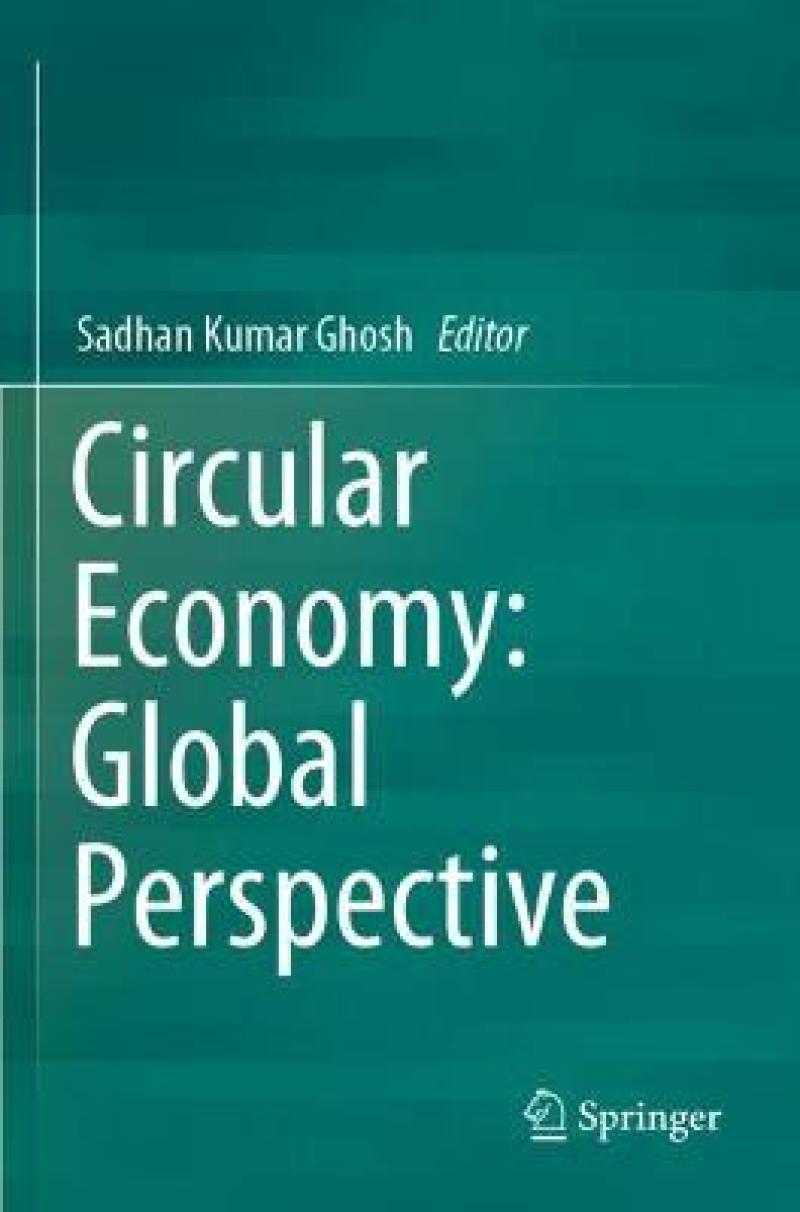A circular economy is an alternative to a traditional linear economy (make, use, dispose) in which we keep resources in use for as long as possible, extract the maximum value from them whilst in use, then recover and regenerate products and materials at the end of each service life. Circular economy (CE) is important towards sustainable development, resources circulation and conservation, involving closing of material loops and cascading used resources, to prevent waste occurrence, and transforming the resulting residual streams into new (secondary) resources. Strategies and legislative framework for waste management are important steps for development of a more CE where resource efficiency becomes the key driver for both economic growth and environmental protections. A few countries achieved good results implementing CE as a replacement of the linear economy. Resource managers and planners should thoroughly identify factors to implement CE for societal benefits. This bookpresents how resource consumption is minimized with rational use based on 3Rs, legislative framework and government supports towards implementing CE initiatives, example of best practices, future plans and targets in different countries those are helpful for researchers, planners and implementers.
Read more
A circular economy is an alternative to a traditional linear economy (make, use, dispose) in which we keep resources in use for as long as possible, extract the maximum value from them whilst in use, then recover and regenerate products and materials at the end of each service life.
Read more
Introduction.- Circular Economy.- The Development of a Circular Economy in Australia.- Circular Economy in Bhutan.- Circular Economy in Canada.- Circular economy in China.- Global Status of Implementation of Circular Economy(GSICE) Germany.- Solid Waste Management in Lao PDR: A Pathway toward the CE.- Circular Economy for Sustainable Resource Management in India.- Circular Economy - Situation in Israel.- Circular Economy in Italy.- Circular Economy in Kenya.- Circular Economy in Malaysia.- An Overview of Circular Economy in Mauritius.- Circular Economy in Nigeria.- Circular Economy of Municipal Solid Waste (MSW) in S. Korea.- Circular Economy in Russian Federation.- Circular Economy for Sustainable Resource Management: The Case of Packaging Waste Sector in Thailand.- Developing the Circular Economy in the European Union.- Circular Economy in Vietnam.
Read more
A circular economy is an alternative to a traditional linear economy (make, use, dispose) in which we keep resources in use for as long as possible, extract the maximum value from them whilst in use, then recover and regenerate products and materials at the end of each service life. Circular economy (CE) is important towards sustainable development, resources circulation and conservation, involving closing of material loops and cascading used resources, to prevent waste occurrence, and transforming the resulting residual streams into new (secondary) resources. Strategies and legislative framework for waste management are important steps for development of a more CE where resource efficiency becomes the key driver for both economic growth and environmental protections. A few countries achieved good results implementing CE as a replacement of the linear economy. Resource managers and planners should thoroughly identify factors to implement CE for societal benefits. This book presents how resource consumption is minimized with rational use based on 3Rs, legislative framework and government supports towards implementing CE initiatives, example of best practices, future plans and targets in different countries those are helpful for researchers, planners and implementers.
Read more
Discusses circular economy from global perspective Presents chapters written by experts and active researchers Serves as a reference for researchers, planners and implementers
GPSR Compliance
The European Union's (EU) General Product Safety Regulation (GPSR) is a set of rules that requires consumer products to be safe and our obligations to ensure this.
If you have any concerns about our products you can contact us on ProductSafety@springernature.com.
In case Publisher is established outside the EU, the EU authorized representative is:
Springer Nature Customer Service Center GmbH
Europaplatz 3
69115 Heidelberg, Germany
ProductSafety@springernature.com
Read more
Product details
ISBN
9789811510540
Published
2020-11-13
Publisher
Springer Verlag, Singapore
Height
235 mm
Width
155 mm
Age
Research, P, 06
Language
Product language
Engelsk
Format
Product format
Heftet
Edited by
